
APPLE NOTES 111
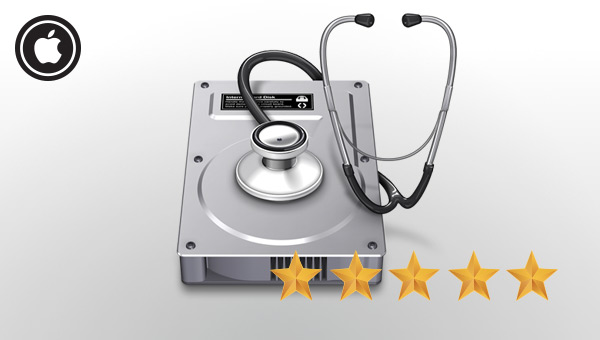
Clean up your mac and backup your backups with these favourite Mac tools
Column: Anthony Garvin
A couple of issues ago, I took a closer look at how to harness some of Mac OS X’s built-in tools to improve performance and workflow on your DAW-equipped Mac. Now I’m going to introduce you to a few of my favourite third party tools that will help keep your Mac humming.
Onyx
Free
Onyx is a very useful free utility that serves as a one-stop shop for both general system clean-ups and tweaks to Mac OS X. The Automation feature is the simplest way to use Onyx, as it combines both of the utility’s Maintenance and Cleaning steps into one simple operation. With these user-selectable Automation options, Onyx will execute a thorough list of processes that verify the structure of your startup volume, repair disk permissions, run maintenance scripts, clean caches, delete temp files and other operations that help with a general system tidy-up.
For most users, the default options in the Automation window will be fine. In more recent versions of Onyx it doesn’t clean System Caches by default. Unless you are deliberately using a third party utility called Trim Enabler, I recommend checking this, as it will remove potential gremlins born from crashes, corruptions or other hiccups during day-to-day operation.
Onyx also allows you to dig deeper with the settings and customisation of OS X. If you are interested in digging deeper with Finder options — tweaking the way the Dock behaves, changing the background picture of your login screen, and plenty more — this is where you can do it.
OmniDiskSweeper
Free
OmniDiskSweeper is a simple utility that analyses any given drive and displays which folders are taking up the most space on it (and with the cost of SSD drives still being quite high, wasted space can be an expensive problem). Ordering the folders from largest to smallest, it allows you to drill down into each folder, where it continues to display everything in order of largest to smallest file size, so you can decide what you might want to delete or move elsewhere. A word of warning; OmniDiskSweeper will display all the files and folders on your disk, hidden by the system or otherwise. If you aren’t sure what something is, don’t delete or move it!
Carbon Copy Cloner
$53.99
Carbon Copy Cloner, simply put, is the most useful third-party back-up and drive cloning tool. It’s hard to look past Time Machine for day-to-day backups, but compared with what CCC can do, it’s Apples to apple pie. At its most basic, CCC can take an exact ‘image’ of a drive partition and make a bootable duplicate of it on another partition, or copy the data into a disk image file for restoration via CCC at a later date. This becomes invaluable when upgrading your boot drive (simply clone the old drive to the new one and then swap them over), or if you’re tempted to try a new OS or major DAW update, you can make a clone of your system drive prior, and if it all goes wrong, you can simply restore an exact image of your system drive, like it was before the updates.
Exploring this feature laterally, it becomes extremely useful for a studio operator who has any number of clients coming into operate their studio DAW on a day-to-day basis. We all know everyone has their favourite plug-ins, preferences, tweaks and quirks. More often than not, it can be a frustrating task operating a system after someone else has had their way with it.
I am a firm believer that the less software you have installed on a computer, the less that can go wrong, and hence the more reliable it will be. So if a client wants to install their plug-ins and change your DAW preference, let them. Just restore your ‘master’ CCC image once they are done to return to your preferred and reliable setup.
If you work in a large facility or computer lab, ask your IT people about DeployStudio. It takes this concept further by allowing images to be restored quickly over a network, and to multiple machines if required.
Beyond straightforward clones, recent versions of CCC have added Scheduling and SafetyNet features that allow it to become a very useful backup tool. If, for example, you want to do a daily backup of your audio drive to another drive separate to Time Machine, then CCC can be setup to do this; all at a pre-determined time that won’t risk the performance of your Mac during sessions. Plus, if you use the SafetyNet feature it won’t delete old versions of files. Each backup process will move these files into a dated SafetyNet folder on the backup drive. If you want to keep a bootable backup of you system drive, you can use the scheduling feature to backup your boot drive periodically. Should the worst happen and your boot drive fail, you can simply re-boot off the backup and keep working.


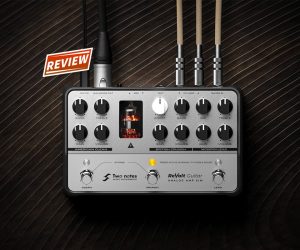
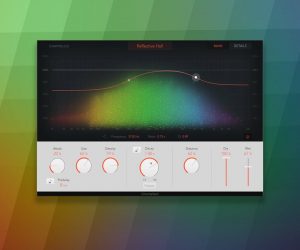





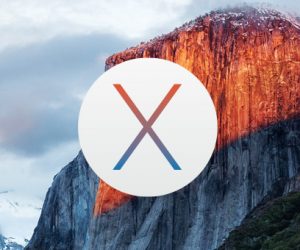


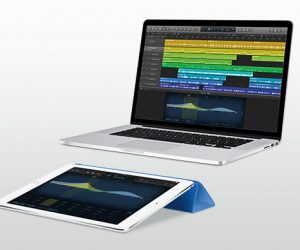



RESPONSES